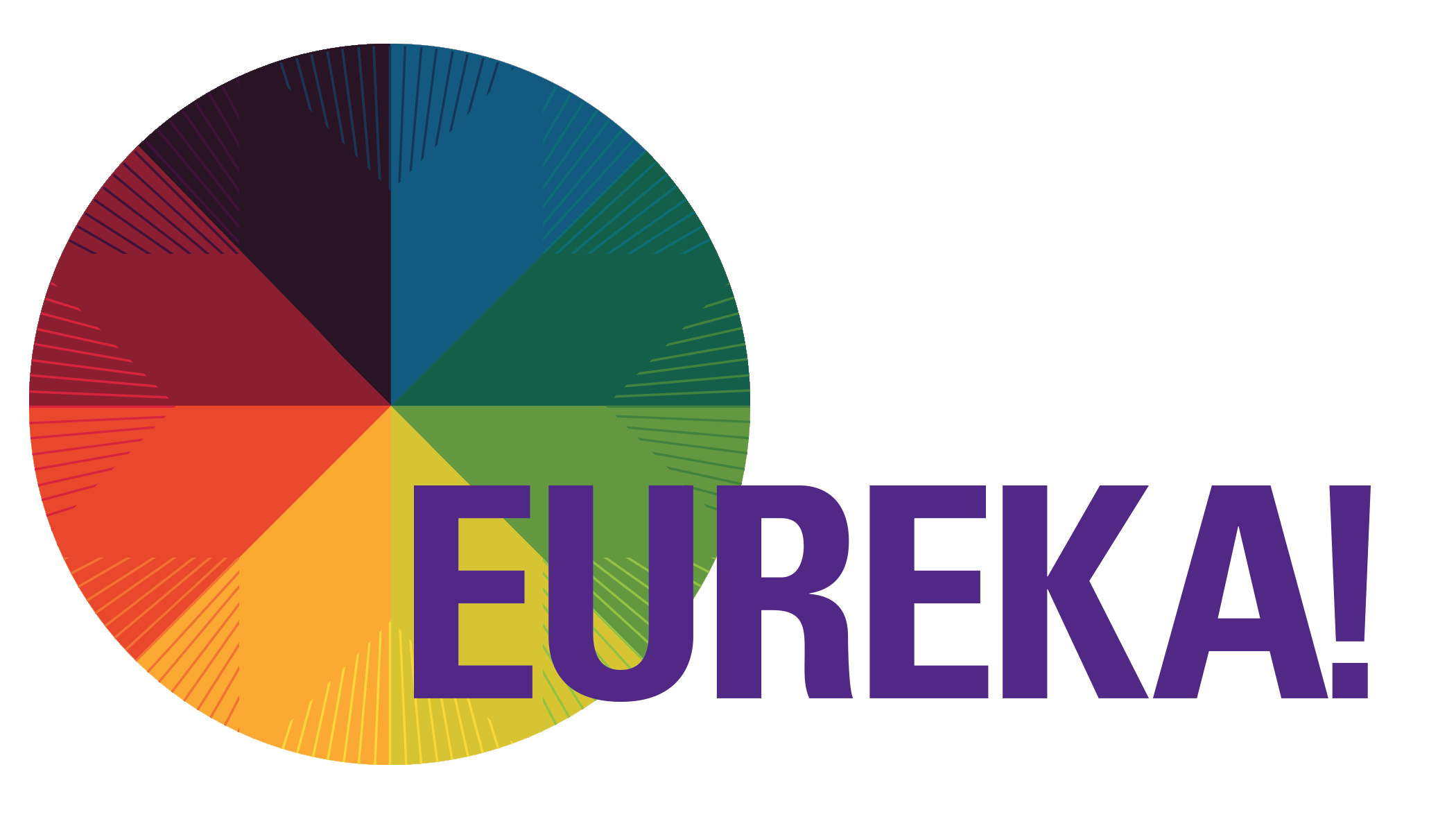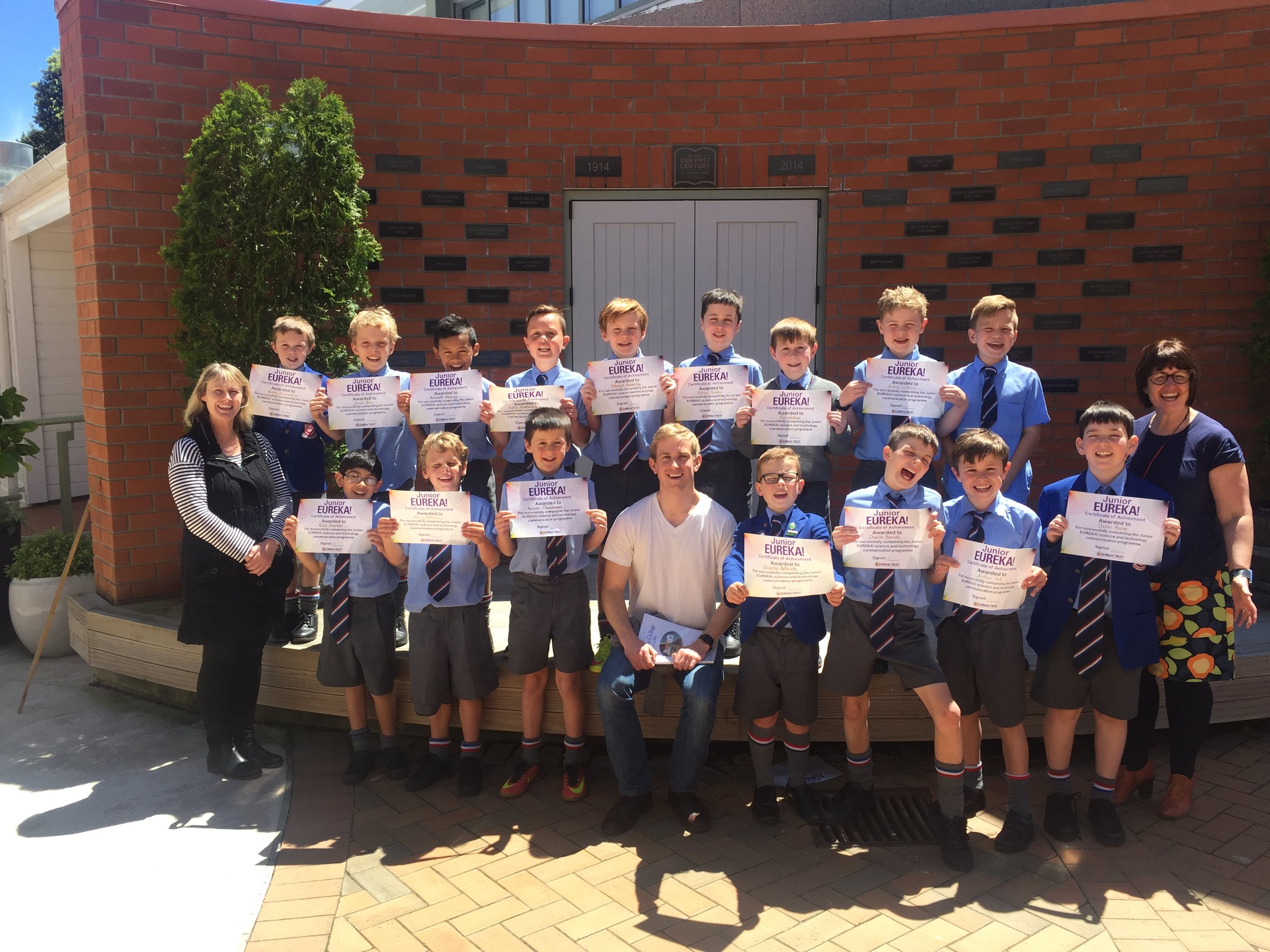Links Between Junior Eureka and The National Curriculum
The key connection between the Junior Eureka Program and the National Curriculum is through the Nature of Science, mainly Communicating Science and Participation and Contributing. As well as teaching students about the Nature of Science the Junior Eureka Program can be integrated with any of the other core science areas, Living World, Planet Earth, Physical World and Material World. Junior Eureka also teaches students how to speak to an audience.
In particular Junior Eureka! enables students and teachers to demonstrate achievement of National Standards in Literacy and Numeracy through Years 4-8
Communicating in Science
The core principal of the entire Eureka Program is the communication of science. In the Junior Eureka program students will develop their language, vocabulary and understanding of how the natural world can be represented. As the students’ progress through the Junior Eureka program the will be introduced to new scientific symbols, conventions and vocabulary. They will need to use their new knowledge to communicate their ideas to others.
Participating and Contributing
To engage and connect students, science and the community is the second key mission of the Eureka Program. In Junior Eureka students will be discovering how science is being used in their community and how it links in with the science that they are learning in the classroom. This will encourage students to use their growing scientific knowledge when considering issues and making decisions.
Understanding about Science and Investigating in Science
Junior Eureka will show students how scientists ask questions, come up with a solution and then perform an investigation to support their ideas with evidence. As part of Junior Eureka students will learn how to carry out a scientific investigation. This will involve questioning, exploration, discussion and simple models.
Living World, Planet Earth, Physical World and Material World
Junior Eureka has been designed to have a flexible structure that is not attached to a single topic of investigation. This means that it can be integrated with whatever topic is currently being studied in the classroom.
Speaking, Writing and Presenting
As part of Junior Eureka Students will learn to speak in front of an audience. They will learn to communicate their ideas clearly and concisely, with information and evidence drawn from a range of sources.
As part of their Junior Eureka! participation, students will:
- read, respond to, and think critically about texts in order to meet the reading demands of the New Zealand Curriculum at their year appropriate level or above
- locate, evaluate, and synthesise information and ideas within and across a range of texts appropriate to this level as they generate and answer questions to meet specific learning purposes across the curriculum
- create texts in order to meet the writing demands of the New Zealand Curriculum at the year appropriate level or above
- use their writing to think about, record, and communicate experiences, ideas, and information to meet specific learning purposes across the curriculum
- will be achieving at their age appropriate level in the mathematics and statistics learning area of The New Zealand Curriculum.







